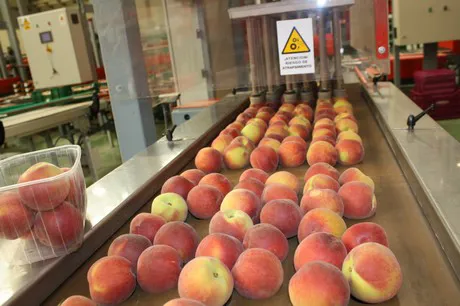The Spanish stone fruit campaign is in its final stages, with significantly lower volumes than last year due to a bad flowering and frequent rains and hail. However, "the decline in this year's harvest has generally been observed more in the field than in the final sales," explains Santiago Vázquez, manager of the Murcian company La Vega de Cieza.

There are products that are doing well in terms of prices, such as nectarines, due to their fall in terms of volume. "Nectarine prices have been the most affected by the shortage. They are higher than last season. Meanwhile, however, peach prices have remained at rock-bottom levels for at least three months, especially in the case of yellow peaches. As for apricots, the processing industry has been paying half of what it was offering last season, while canned peaches are sold at an average of 3 to 5 cents below last year's price. Seldom has there been such a market for the peach canning industry, which is increasingly suffering the pressure of competition from other third countries, such as Greece and China, as well as the concentration of the European demand," explains the producer and exporter.
Paraguayo peach prices remain stable. "They are similar to those paid last year for already handled products, which were not good at all. But at least this time not as much product is being wasted as last year, when a lot of fruit was discarded due to excess production and a still insufficient demand," he says.
Regarding apricots, Santiago Vázquez explains that "until the very last moment, exports have been better compared to last year, which was catastrophic from the beginning. The production of apricots with a harvest period in May and June has slowed down a lot, since last year the sector lost a lot of money. However, this year France and Italy have lost some of their production and the start of their campaigns has been significantly delayed. This has resulted in an inaccurate perception of what really has been planted in Europe for that period. This will change the next time that we have a year without climatic adversities in France, Italy and Greece."
As far as plums are concerned, there has been and there still is a great shortage, especially of medium and small sizes. "At the moment, the main production area is Extremadura, which has recorded a sharp decline in the total volume. This has led to sales prices being a little better than last year. From now until December, the shortage is expected to get worse as a result of the weather-related damages. The situation of exports may improve," concludes Santiago Vázquez.



